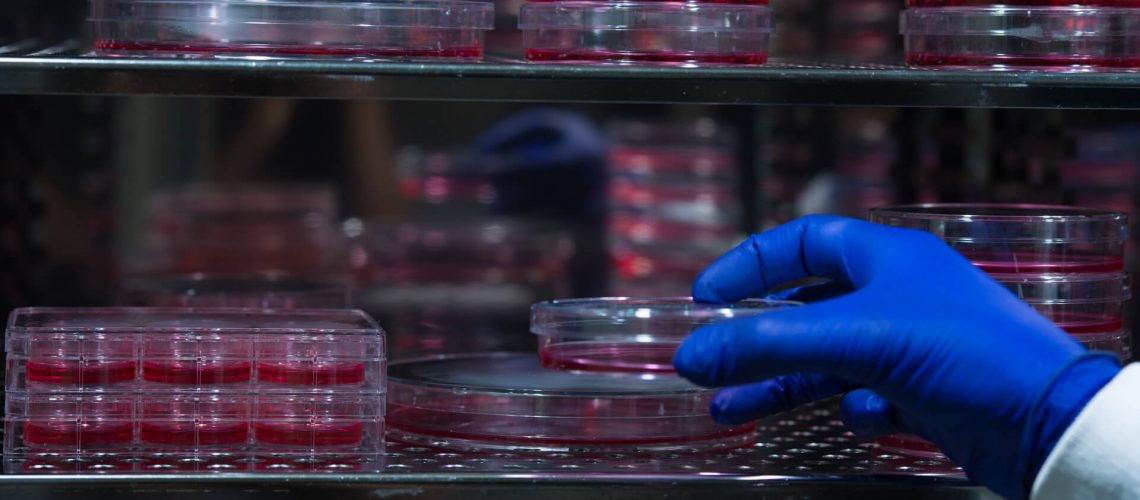The University of Sydney
Principal Investigator: Ziyu Wang
Research Team: Anthony Weiss (Co-PI), Dr. Suzanne Mithieux, Kekini Kuppan
Our large arteries are exquisitely engineered with concentric layers of elastic mesh comprised of the protein elastin that give them life-sustaining mechanical properties. First, the elastin web protects our brains and kidneys by cushioning the rhythmic hydraulic pounding of blood surging out of the heart. Second, it acts as a “pressure reservoir” that sustains blood flow to those same organs and others when the heart is between beats.
But arterial elastin is continuously mechanically damaged by the relentless cycles of stretch and relaxation with each heartbeat, and this mechanical damage is exacerbated by the action of enzymes and free radicals that damage and degrade it. As the elastin structure frays, it loses its cushioning capacity, stiffening our arteries and exposing our kidneys and brains to the destructive hammering of the pulse while leaving us vulnerable to aneurysms, strokes, and vascular dementia.
Unfortunately, our bodies did not evolve systems to maintain our arterial elastin structures in the exquisite order of our youth throughout the many decades that modern humans live, let alone to enable much longer and healthier ones. We have no effective means to repair frayed elastin structures, and the cells that spin the elastin mesh during early development stop doing so by the time we are adults. And drugs that researchers have reported to activate elastin synthesis either do not do so in the artery or stop doing so early in our development.
Research Highlights:
To regenerate the aging artery, LRI is funding an innovative strategy from Dr. Ziyu Wang at the University of Sydney. USYD researchers discovered that they could stimulate skin cells from old donors to start synthesizing mature elastin again by simply supplying them with bioengineered elastin precursors. With this semifinished material, Dr. Suzanne Mithieux (an advisor of Dr. Wang in Dr. Weiss’ lab) showed that old skin cells can create an elastin layer appropriate to new skin on the interface of surgical skin repair patches.
To see if this trick could similarly stimulate cells in the arteries to spin out the more complex elastin structures in the middle layer of the arterial wall, Dr. Wang implanted elastin precursors enmeshed in a biodegradable polymer into the arteries of mice. With the elastin precursors at hand, cells inside the mice’s vessels began to produce new arterial elastin with the appropriate structure, properly aligned with the artery’s smooth muscle cells. A cell culture study using aortic smooth muscle cells supported that these cells could contribute to the process only if given elastin precursor.
To noninvasively deliver this critical material into aging arteries, Dr. Wang is encapsulating it within regenerative nanostructures that are coated with antibodies that bind to damaged elastin scaffolding. Once they hone to the damaged sites, the particles are expected to release the elastin precursor locally, enabling nearby cells to begin producing new elastin again, which Dr. Wang’s pilot experiment suggests will regenerate the artery’s life-preserving elastin structures.



